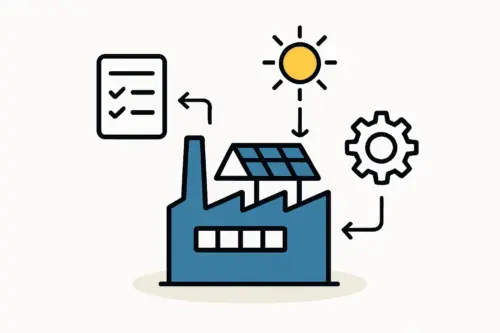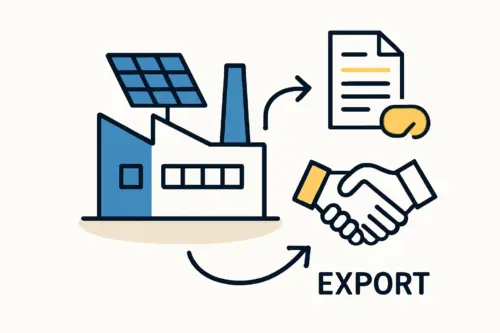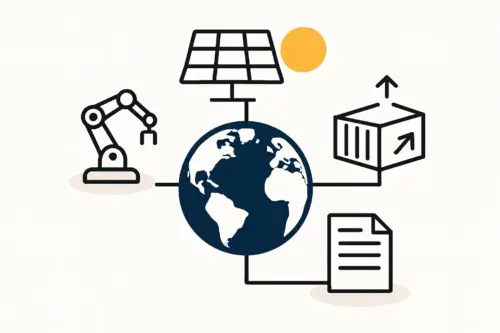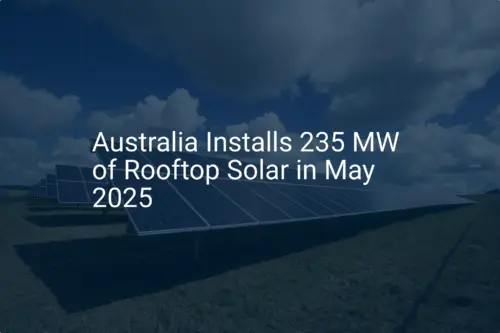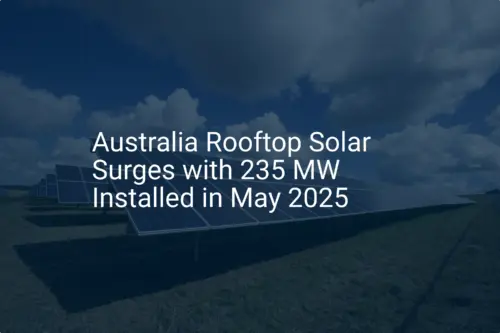Austria’s Skilled Labor Landscape for Solar Panel Manufacturing
Setting up a solar panel factory is a significant undertaking, and its success hinges on many variables. Among the most critical is the availability of a skilled workforce. Austria, with its strong industrial tradition and commitment to renewable energy, is a promising candidate. This assessment explores the reality of securing that talent on the ground.
Table of Contents
The Importance of Human Capital in Austrian Solar Manufacturing
A state-of-the-art solar panel factory relies on more than machinery; it requires skilled engineers, technicians, and operators to ensure quality, efficiency, and continuous improvement. As you consider establishing or expanding solar manufacturing operations in Austria, understanding its labor market is essential.
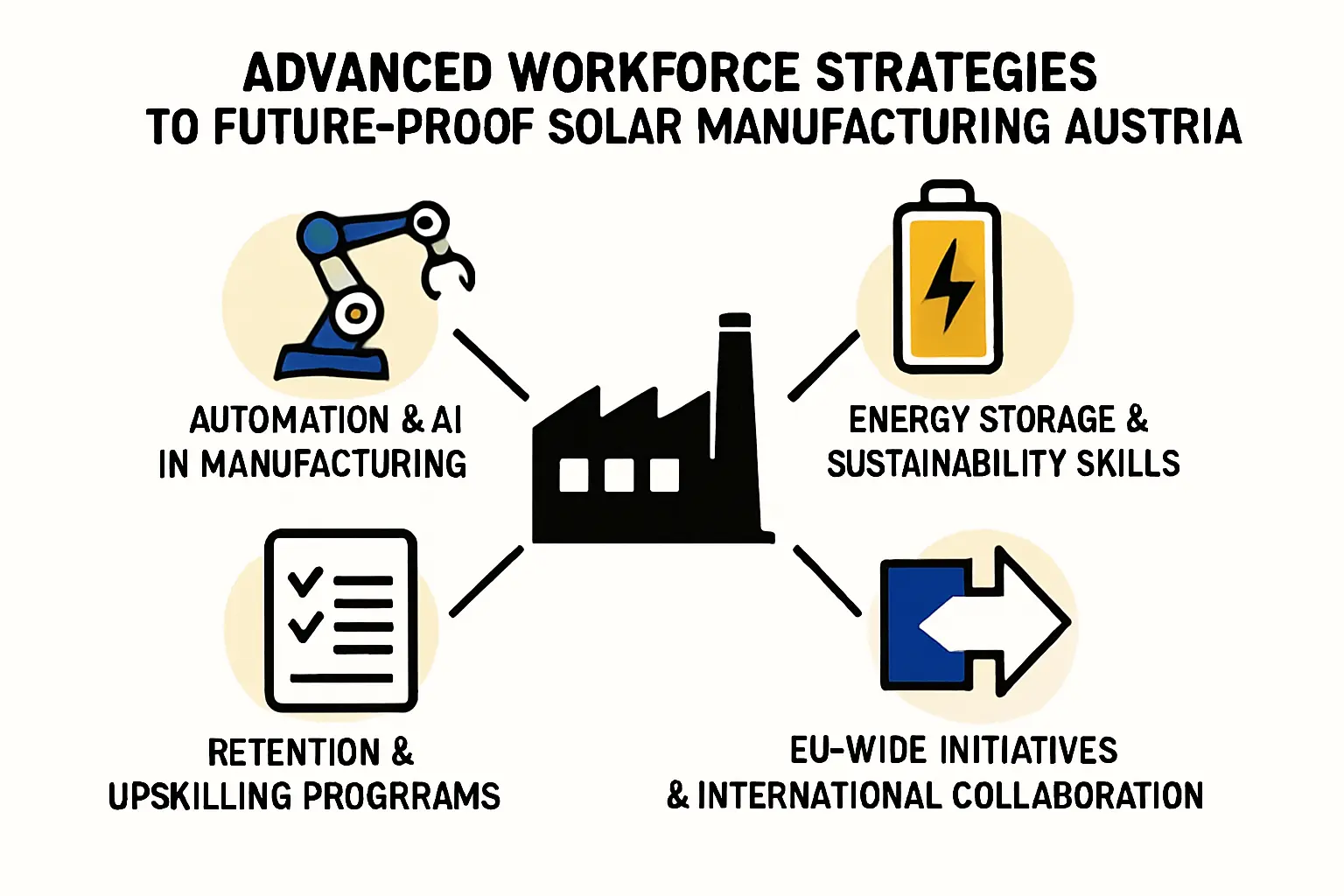
This assessment explores the availability of skilled personnel, relevant technical expertise, wage considerations, and the crucial role of Austria’s vocational training and workforce development initiatives. The country’s ambition to achieve 100% renewable electricity by 2030, as outlined in its Renewable Energy Expansion Act (EAG), underscores the growing demand and strategic importance of this sector.
Curious about solar, or need a pro’s touch?
Check out our free e-course for the know-how, or utilize our services for expert assistance. Let’s ensure your solar venture shines.
Current State of Skilled Labor for Austria’s Solar Manufacturing Sector
Austria benefits from a well-regarded industrial base, but its burgeoning solar sector faces specific workforce challenges.
Availability of Skilled Personnel
Austria has a strong pool of qualified engineers (electrical, mechanical, process) and technicians, a legacy of its robust manufacturing and technical education traditions. However, the rapidly expanding renewable energy sector, particularly solar, is creating intense demand. While general manufacturing skills are present, expertise directly tailored to solar panel production—including cell manufacturing and module assembly—is still developing.
Identified Skill Gaps
A significant challenge, highlighted by industry bodies like PV Austria, is the shortage of skilled workers. This concern is echoed in industry reports noting that a lack of a skilled workforce is a key issue for the Austrian solar industry. Demand often outstrips the current supply for specialized roles in PV manufacturing, automation, and advanced quality control. This gap is not unique to Austria but is a Europe-wide concern, with a growing need for solar workers across the continent.
Regional Considerations
While precise regional data on the concentration of solar manufacturing skills is limited, Austria’s industrial hubs generally offer a higher density of technical talent. Regions with strong technical schools (HTLs) and universities focused on engineering and applied sciences are likely to be more fertile ground for recruitment. Proximity to research institutions like the Austrian Institute of Technology (AIT) can also be advantageous.
Technical Expertise and Specializations in the Austrian Workforce
The production of modern solar panels is technologically advanced and requires a range of specific skills.
Key Skills for Solar Panel Production
A successful solar manufacturing operation in Austria will require expertise in several key areas:
- Semiconductor processing and PV cell technology: Understanding the intricacies of silicon wafer handling, doping, coating, and cell testing.
- Module assembly: Precision in stringing cells, lamination, framing, and junction box assembly.
- Automation and Robotics: Operating and maintaining automated production lines, which are a common feature in modern PV factories.
- Quality Assurance (QA) and Testing: Implementing rigorous QA protocols, including electroluminescence (EL) testing, sun simulation, and durability assessments.
- Materials Science: Knowledge of materials used in PV modules, such as glass, encapsulants, backsheets, and frames.
The country’s technical excellence in advanced manufacturing ecosystems provides a strong foundation for these skills.
Role of R&D Institutions
Austrian research and development institutions play a vital role in fostering advanced technical expertise. The Austrian Institute of Technology (AIT), for example, is heavily involved in renewable energy research and offers specialized training. TU Wien also contributes through its engineering programs, including compact courses on solar energy. These institutions not only drive innovation but also enrich the talent pool.
Understanding Labor Costs: Average Wages in Austrian Solar Manufacturing
Labor costs are a significant component of operational expenditure. Austria is a high-wage country, reflecting its skilled workforce and high living standards.
General Manufacturing Wage Levels
Wages in Austria’s manufacturing sector have seen consistent growth. Estimates for skilled manufacturing labor suggest gross monthly salaries ranging from €2,500 to over €3,500, depending on experience and specialization. The average monthly salary across all sectors in Austria is approximately €3,000.
Specific Solar Sector Wages
Data on the broader Austrian solar industry offers more specific context for roles in installation and project engineering:
- Solar Photovoltaic Installer: Approximately $4,687 per month.
- Solar Engineer: Approximately $4,290 per month.
Estimated Wages for Key Manufacturing Roles
While precise public data for solar panel factory roles in Austria is scarce, wages can be estimated by extrapolating from general manufacturing figures. Wages for skilled technicians, line supervisors, and quality control specialists in a solar factory are expected to be competitive within the skilled manufacturing bracket, likely falling at the upper end of the scale due to technical demands. A thorough, localized wage analysis is crucial when developing a business plan.
Other Labor-Related Costs
Beyond gross salaries, employers in Austria must account for significant social security contributions and other employee benefits, which add substantially to overall labor costs.
Vocational Training and Workforce Development: Building Austria’s Solar Talent Pipeline
Austria has a robust vocational education and training (VET) system that is increasingly adapting to the needs of the green economy.

Overview of Austria’s VET System
The dual education system, combining apprenticeships with vocational schooling, is a traditional strength. Höhere Technische Lehranstalten (HTLs) provide higher-level technical education. These institutions are pivotal in creating a skilled workforce.
Key Institutions and Programs
- Austrian Institute of Technology (AIT): Offers specialized courses, including certifications for photovoltaic technicians and planners, covering PV systems, installation, and planning.
- TU Wien: Provides engineering programs and compact courses like “Solar Energy – Solar Heating and Photovoltaics” contributing to high-level expertise.
- Energy Academy Upper Austria (OÖ Energiesparverband): Delivers numerous seminars and training courses in energy and building technologies.
- Various technical schools and apprenticeship programs across the country offer foundational skills in electrical engineering, mechatronics, and manufacturing technology.
European and National Initiatives
To address skill gaps, several initiatives are underway, including:
- The European Solar Academy, which aims to train tens of thousands of workers across the solar value chain in Europe.
- National programs also support upskilling and reskilling for green jobs, aligning with Austria’s renewable energy targets.
Industry Certifications and Standards
Adopting industry-recognized certifications is crucial for maintaining a high standard of skills. The trend toward standardizing skills for roles like solar installers is likely to extend further into the manufacturing sector.
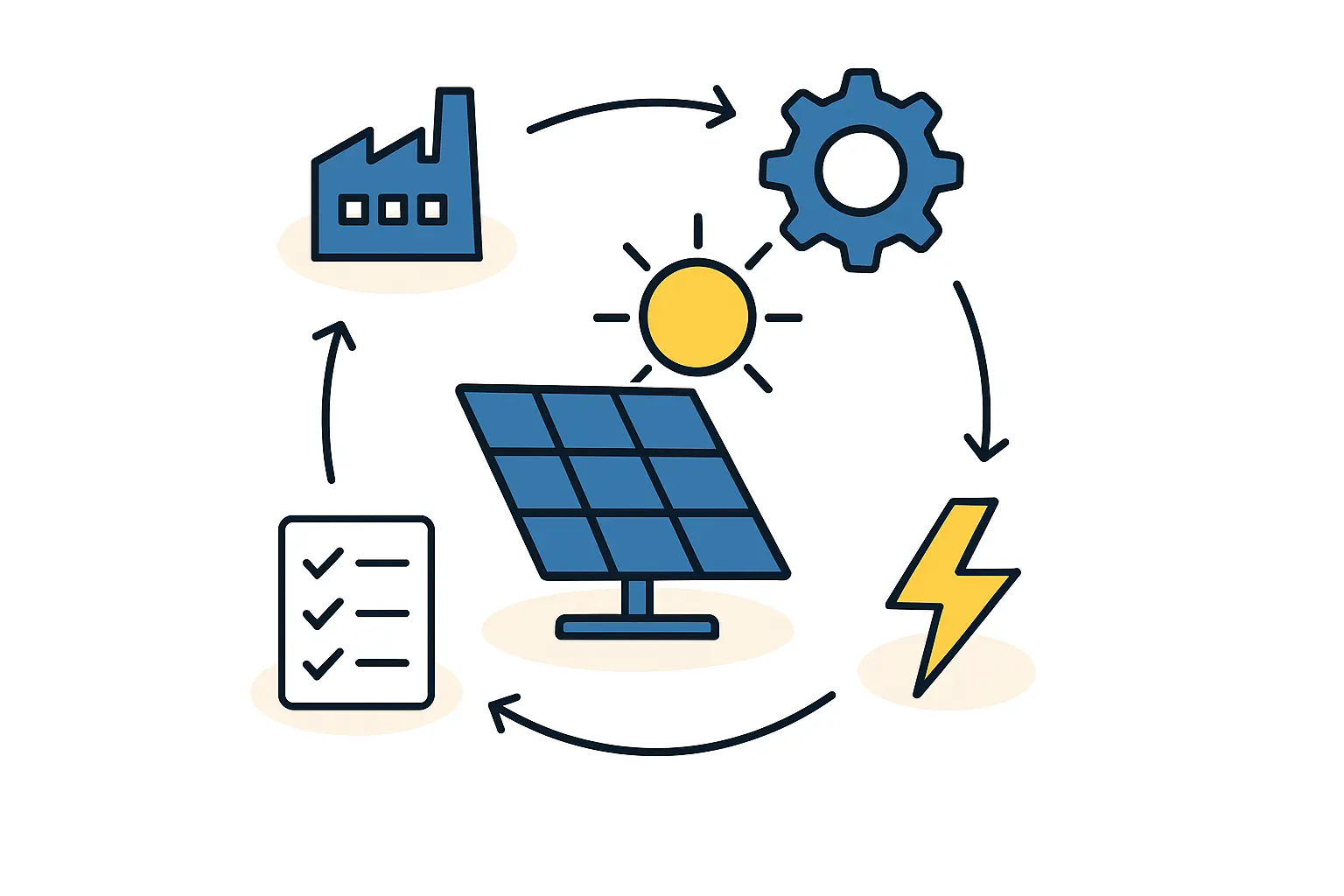
Government Support and Policies for Workforce Development
The Austrian government recognizes the importance of a skilled workforce for its green transition and industrial competitiveness.
Strategies to Address Labor Shortages
Government policies aim to strengthen the VET system, promote STEM education, and create pathways for skilled immigrants to fill roles in shortage occupations. The solar sector stands to benefit from these broader initiatives.
Incentives for Training
Support may be available for companies that invest in employee training and upskilling through various national and regional programs aimed at promoting future-oriented industries.
Link to “Made in Europe” Bonus
Austria’s “Made in Europe” bonus, which provides subsidies for solar projects using European-made modules, indirectly supports domestic manufacturing. This policy could encourage investment in local workforce development to meet resulting demand.
Renewable Energy Expansion Act (EAG)
The EAG’s ambitious targets signal a long-term demand for skilled labor in the solar sector, from manufacturing to installation. This provides a supportive policy backdrop for workforce development investments.
Challenges and Strategic Considerations for Manufacturers
Setting up and staffing a solar panel factory in Austria requires careful strategic planning.
Competition for Talent
Solar manufacturers will compete for skilled labor with other renewable energy companies, Austria’s established manufacturing sectors (like automotive and machinery), and potentially firms in neighboring countries.
Attracting and Retaining Skilled Workers
Competitive wages are essential, but not the only factor. Companies must also offer attractive working conditions, opportunities for career advancement, continuous training, and a sense of contributing to a vital industry.
Collaboration with Educational Institutions
Proactive engagement with HTLs, universities, and vocational training centers is crucial. This can include providing curriculum input, offering apprenticeships, sponsoring research, or providing guest lecturers to help shape a talent pipeline aligned with factory needs.
Navigating Bureaucracy
Although Austria has a structured system, navigating employment regulations, training programs, and skilled worker immigration processes will require careful due diligence. Organizations like Advantage Austria can provide guidance.
Conclusion: Is Austria’s Workforce Ready for Your Solar Factory?
Austria offers a highly educated and skilled populace, a strong industrial tradition, and robust vocational training systems. The government’s commitment to renewable energy further supports the growth of the solar manufacturing sector.
The primary challenge, however, is the shortage of specialized skilled labor—a common issue across Europe’s rapidly expanding solar market. While general engineering and manufacturing skills are available, specific expertise in PV production technology requires targeted development.
For entrepreneurs considering a solar panel factory in Austria, success will hinge on a proactive workforce strategy. This includes conducting a detailed local labor market analysis, building partnerships with educational institutions, developing in-house training programs, and creating an attractive employer brand to draw and retain talent.
With strategic planning and investment in human capital, building a skilled workforce for a solar factory in Austria is a challenging yet achievable goal.
Further Considerations for Your Austrian Solar Venture
This overview provides a starting point for assessing the skilled labor landscape. As you plan your solar manufacturing facility, deeper research into regional skill concentrations, specific training curricula, and direct engagement with local employment agencies and educational bodies will be essential. Understanding the full scope of available opportunities and support mechanisms is crucial for enhancing your project’s viability.


